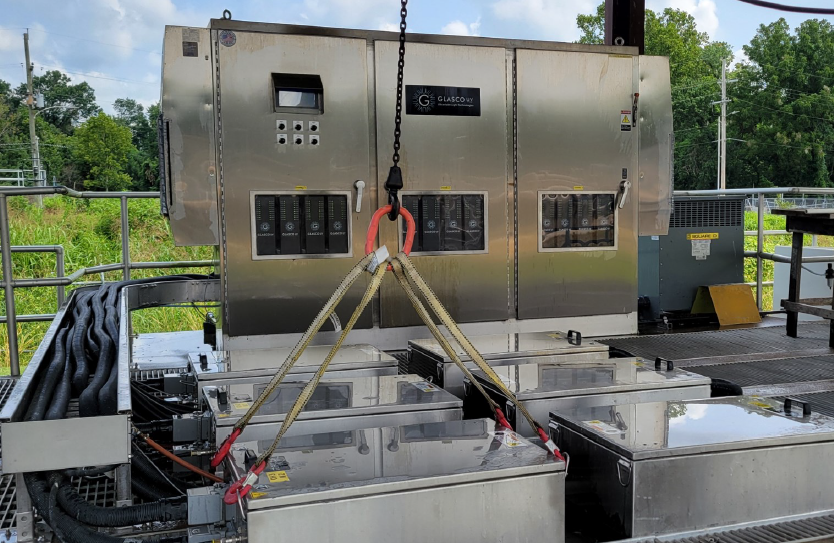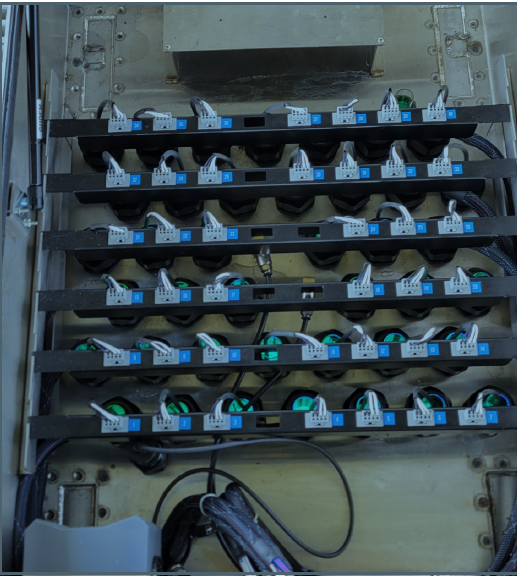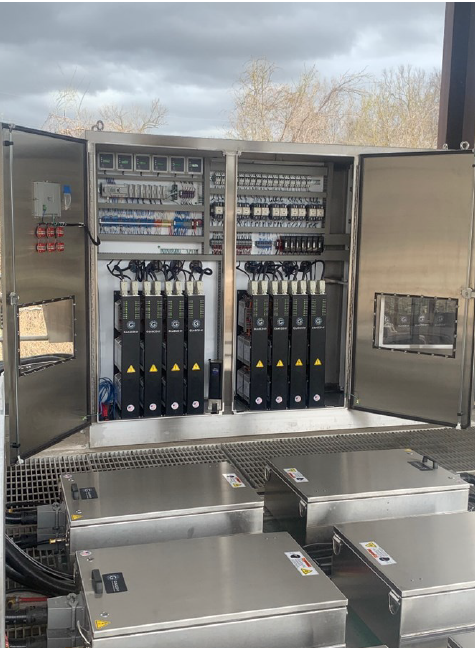Carthage, MI Vertical UV Replacement

Retrofits are never easy. A concrete channel deteriorates over time, as built drawings may be incomplete, and working with existing power can be a challenge. A manufacturer and their local representative have to team up using strong engineering principles and deliberate field work in order to provide the client a solution that will modernize the disinfection at their plant while remaining in budget with little down time in the process.
In 2017 Glasco UV and Haynes equipment partnered up with the town of Carthage, Missouri to replace their existing IDI Vertical UV system that was installed in 1998. The vertical modules replaced the chlorination system for ultraviolet disinfection. In 1998 UV was beginning to emerge as the de facto technology for treating wastewater. UV disinfection is very low in maintenance compared to chlorine; a complete lamp change every 16,000 hrs makes up the bulk of the upkeep procedure. The price to buy, store and transport had risen to a point in the late 90s that any simple evaluation estimated a UV system would pay for itself in 5 years.
Carthage decided to replace their chlorine system with a vertical UV system. The staggered vertical lamp array allows for mixing and redundancy. A critical benefit to a UV system that is perpendicular to the flow, is that you can change a lamp without removing the module from the water , this functionality lessens the chances of accidentally breaking a quartz sleeve or not properly resealing underwater connections. The 60” water level demand of a vertical system makes it ideal for retrofitting deep narrow chlorine contact tanks.
After almost twenty years of use Carthage decided to upgrade their UV system. The Glasco system that they chose would build on the positives of their existing UV system.
Glasco was charged with providing a UV system that would treat a peak flow of 17 MGD a design flow 7 MGD , and an average flow of 4.5 MGD.
Glasco would accomplish the design criteria with half the number of lamps and headloss as the existing system. The new system would have automatic quartz cleaning allowing for passive ongoing maintenance of the quartz sleeves with no added input from the operator. Automatic wiping can save a plant of this size over 100 man hours a year in labor.

Key Benefits
- Remote ballast enclosures remove the ballasts from inside of the module safe guarding these very valuable sub-components in an air conditioned 304 SS enclosure, leaving only the lamp connectors and small auxiliary components near the UV channel
- The system was sized using a modern bioassay authored by HDR that followed NWRI and IUVA standards
- Each module has bank pacing and dimming capabilities allowing the plant to turn off or dim lamps so that the energy consumption and wear on the system would match the exact need of the plant.
- Smaller footprint allows for easy future expansion
- Non proprietary spare pars such as lamps, ballast and controls will ensure that the system will be affordable to maintain.
Seven years after our install at Carthage the plant is working well and the owner is a good reference for us. We have augmented our vertical offering with an 800 watt lamp module. Our new modules can accomplish the same flows of the older series using a third of the lamps. This means less parts , less maintenance and lower O&M costs. We are now able to dim our lamps to 30% of their total power for even greater turn down capabilities. Our new VC-A800 series are IP68 and do not have to be removed from the channel for any reason.
If Carthage’s flow rates increase or if their disinfection permit gets stricter we will be ready with a system that will be a direct replacement, with no channel modifications. The new vertical series is bioassayed by Carrollo Engineers and will have a disinfection and hydraulic advantage over any system that was installed over 10 years ago.
Glasco UV is a woman owned business that manufactures all their products in the USA. Glasco is the only UV manufacturer that features Inline wastewater and drinking water units, Horizontal open channel systems, NONCON or non-contact UV, and Vertical or perpendicular to the flow UV systems.

